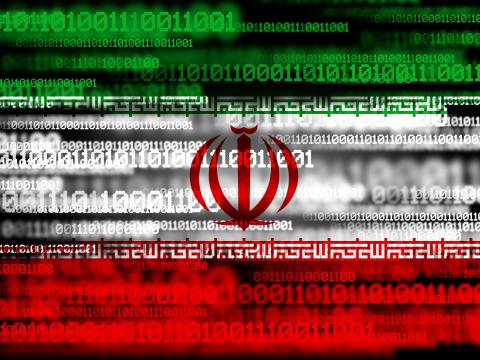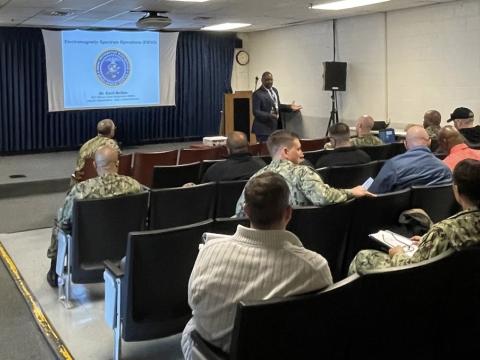Interoperability Flows From the Top
It’s time for us to admit that to achieve interoperability we must establish standards for the information technology community. Only through this mechanism will U.S. and coalition forces achieve true interoperability. And, this mechanism must be switched on at the highest levels of the U.S. Defense Department.
Great strides have been made in achieving interoperability, but we are not there yet. Just about every uniformed and civilian leader in the U.S. defense establishment has said this, and they are absolutely correct. However, we must face the fact that we never will reach that goal by continuing along the same path we have been traveling for two decades.
Originally, the Defense Department took the approach of letting the private sector set the standards for commercial off-the-shelf concepts, hardware and software that are used by U.S. and allied militaries. While this is a wonderful idea, thus far it has not enabled the necessary interoperability for U.S. forces in joint operations and U.S. allies operating in coalition environments.
The U.S. Navy and the U.S. Marine Corps chose to tackle the security standards of the nontactical network through their Navy/Marine Corps Intranet, or NMCI. The enabling technology proved to be a small to medium risk, but the cultural changes that emerged turned out to be enormous. These cultural issues have generated mixed reviews during NMCI implementation. However, because of the brute-force, top-down leadership of the secretary of the Navy, significant progress has been achieved in NMCI security standards.
That model should be used as a starting point by the U.S. Defense Department to achieve departmentwide interoperability aims. Not only will this ensure that the services interoperate seamlessly, it also will allow future coalition forces to operate as equal command, control, communications, computers and intelligence (C4I) partners in conflicts.
The current defense acquisition mechanism does not provide sufficient incentive for building in interoperability that will serve all the services and coalition allies. A defense contractor that designs a system to meet all interoperability contingencies will find itself trying to sell the government a system that is more expensive and complex than those of its competitors. So, the contract will go to the simpler, less-expensive system—a perfect disincentive to building in interoperability.
Similarly, different firms may develop different approaches to interoperability. These different approaches might prove incompatible in the real world. So, the result is systems that either do not fully interoperate or are not even purchased.
No, industry alone cannot bear the burden of ensuring interoperability. It needs guidelines that will enable it to proceed with confidence on a level playing field. Only the government can establish those guidelines.
To achieve this goal, government must establish standards that would function as a governing set of parameters. This set would allow the management and leadership tasked with developing command and control tools to work effectively within those parameters. However, we must avoid the pitfall of establishing standards that are so specific that they limit innovation and cause enormous culture problems similar to those of NMCI.
“Standards” is not a four-letter word. If we merely set bounds or parameters that provide leeway or flexibility, then we allow room for vital innovation. These parameters will be the tripwires that set off alarms when a technology approaches the bounds of the governing principles. Proceeding would require approval from the governing body. Progress in the standards arena will lead to progress in interoperability.
Who will implement this departmentwide policy? This would be an ideal tasking for Dr. Francis J. Harvey, the incoming assistant secretary of defense for networks and information integration. He would work with the J-6, Lt. Gen. Robert Shea, USMC, to set these standards. The U.S. Strategic Command would contribute by establishing strategic and operational level C4I standards, and the U.S. Joint Forces Command would focus on the tactical aspects.
Close coordination between the two unified commands and Dr. Harvey’s office would result in both uniform and Office of the Secretary of Defense oversight of these standards. This in turn would facilitate buy-in by both the shore establishment and the deployable forces. The Joint Forces Command’s effort would touch on European partner forces as well.
Once this input has given Dr. Harvey the tools his office needs to establish the standards, then industry and government laboratories would be able to explore new ways of developing innovative C4I technologies and systems. Rather than shackle the experimenters, the parameters would free them to pursue new avenues of interoperability implementation and exploitation. Just as government-established standards led to mass-media technology products for the public, so will they lead to true interoperability for the United States and its allies.




Comments